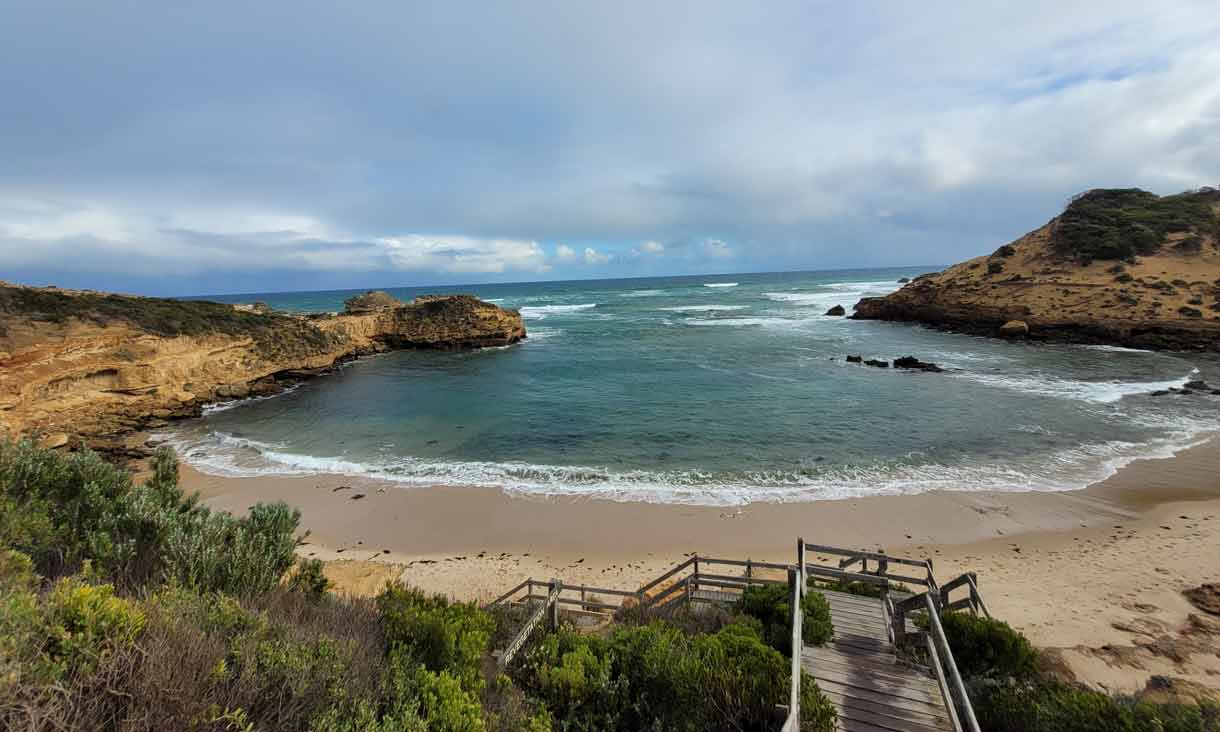Managing the impacts of toxicants in urban stormwater and wastewater treatment plant discharges on the health of estuaries and bays.
Background
Healthy Waterways Strategy (HWS) performance objectives are needed for toxicants in estuaries and bays to better inform risk-based management and protect biodiversity, amenity, and recreational values. Information on the occurrence and impacts of toxicants in estuaries and bays, in particular, has been identified as a research priority. This project will improve our understanding of what toxicants pose an ecological threat to the health of estuaries and bays and help establish clear goals for future catchment management activities.
Approach
To understand which toxicants pose a risk to the health of estuaries and bays, Year One of this project will consolidate existing data and collect new data to determine whether toxicants across the region occur at levels likely to impact estuarine and bay flora and fauna. The results of the knowledge synthesis will be used to inform priorities for data collection in subsequent stages of the project (i.e., Year Two and beyond). This may include:
- Undertaking ecotoxicological studies to determine whether observed toxicants concentrations can impact key environmental values.
- Collecting baseline data which will contribute towards environmental water quality performance target settings for bays and estuaries in the Healthy Waterways Strategy 2028 renewal.
- The funding of Exploring Unseen Threats: Contaminant Trends and Impacts in Port Phillip Bay (PPB) sees this projects’ reach significantly increased, with solid coverage for PPB, the core focus of this project becomes management of the above-mentioned project and replicating sampling in Western Port.

Progress to date
Began in Oct 2023
Secured Victorian Government Port Phillip Bay Funding for “Exploring Unseen Threats: Contaminant Trend and Impacts in Port Phillip Bay” for 3 years
Expected Outcomes
- Consolidation of existing knowledge about the levels and ecological risks posed by toxicants in bays and estuaries across the region.
- Identification of data gaps and other knowledge gaps required to underpin robust condition scores, management targets or Performance Objectives in the next Healthy Waterways Strategy.
- Inform Port Phillip Bay and Western Port Environmental Management Plans (EMP) and Healthy Waterways Strategy (HWS) condition metrics, targets and performance objectives.
- Supporting information for risk assessments regarding estuary and bay management e.g., estuary opening and dredging
Expected Completion
2028
Contact
For more information, please contact the project lead:
- Dr. Jackie Myers, Jackie.Myers@rmit.edu.au